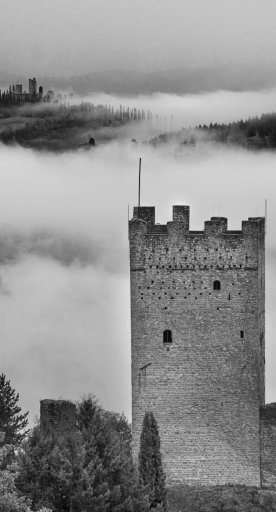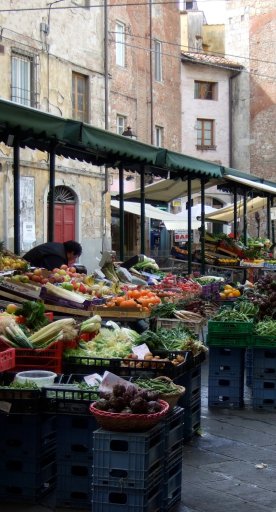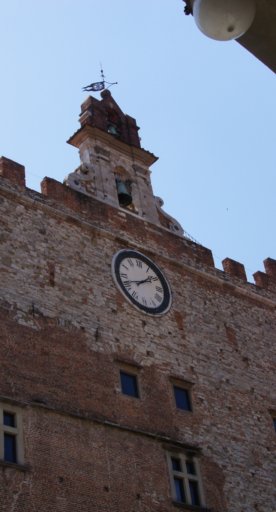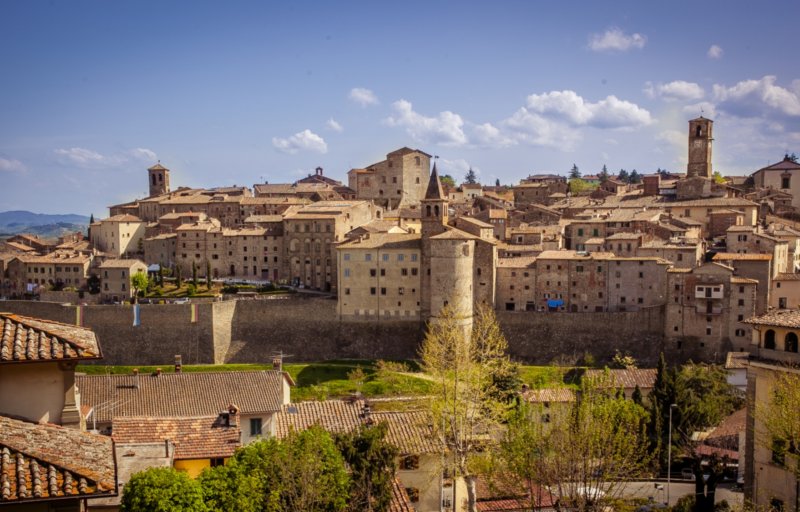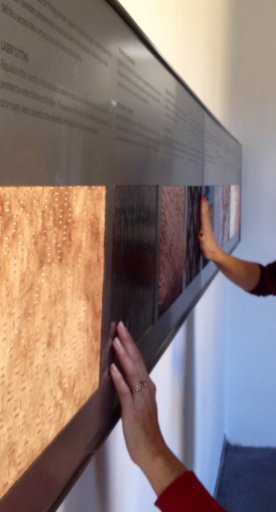
Della Robbia in Tuscany
A journey through nature and ceramics
Who were the Della Robbia? One of the most important families on the Florentine (and Tuscan) scene in the 15th and 16th century. Sculptors and artists specialising in glazed ceramics, the members of the family became figureheads of the coloured majolica, known today as robbian. Visitors to Arezzo and neighbouring villages can discover the masterpieces of the Della Robbia family. In the famous Etruscan town, the Museum of Medieval and Modern Art is a good place to start the journey of discovery which includes the Della Robbia terracottas from the cathedral, including the monumental altarpiece of the Holy Trinity with Saints Bernard and Donatus by Andrea della Robbia.

Just a few steps away from the cathedral is the Church of Santa Maria in Gradi, where, in the Carbonati Chapel, Andrea’s studio developed the iconographic theme of the Madonna of Mercy with soft and delicate lines. In the exhibition at the Ivan Bruschi Museum, in the spectacular medieval Palazzo del Capitano del Popolo, there is a glazed ceramic bust representing Christ the Redeemer by Giovanni della Robbia. The Casentino valley is where visitors can admire more Della Robbia works than anywhere else. Andrea della Robbia left his best works, featuring his signature style which he became famous for, in the convent of La Verna. Churches, parish churches, palaces and medieval churches around the area still have some beautiful pieces of glazed and painted ceramics.
Between the soft hills of the Chianti and the Pratomagno, sits the Valdarno, where there are many Della Robbia pieces. Although the majority of their works have a religious meaning, there are many with more noble themes such as the coat of arms which decorate the front of Palazzo d’Arnolfo in San Giovanni Valdarno. In Montevarchi, a town marked for its elegant Italian liberty-style palaces, there is one of Andrea della Robbia’s most significant works, the Robbian Tempietto, made for the Church of San Lorenzo and now found in the town’s Museum of Sacred Art. In Valdichiana, an area full of history and culture, visitors can discover recently studied and restored Robbian artworks. Foiano della Chiana is a fundamental stop in the Robbian journey, boasting a temporary reconstruction, in the Church of San Francesco, of the work featuring the crucifixion of Christ, which visitors can’t miss.

The Valtiberina has an interesting and rich collection of works from the Della Robbia and Buglioni workshops. In the medieval town of Anghiari, the altarpiece depicting the Madonna della Misericordia, found in the Church of Santa Maria delle Grazie, and the lunette with Benedetto Buglioni’s Jesus and the Samaritan Woman at the Well in the Palazzo Taglieschi Museum, are the first works in your Robbian journey through the valley. In Sansepolcro, Robbian art can be found in the Civic Museum: notably, there is the Nativity, an artwork from Andrea’s workshop, characterised by the natural staging of the scene. Following this, there is the opportunity to admire ancient traditions which are still used in local crafts, such as the Casentino cloth, the wrought iron and the worked stone.
Start your discovery












